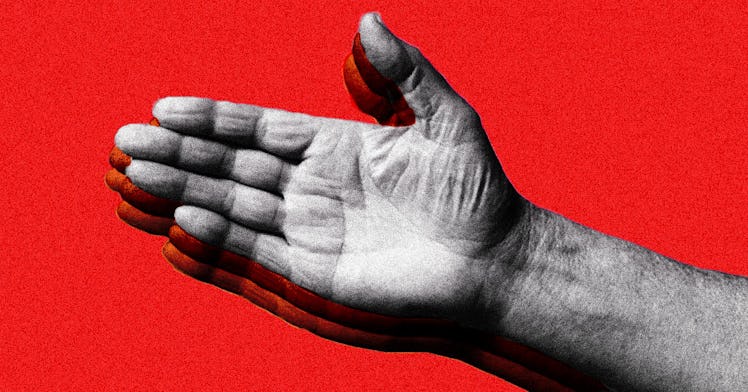The American Academy of Pediatrics Spanking Guidance Falls Short
The American Academy of Pediatrics has new guidance on spanking, and suggests pediatricians offer parents information on positive behavior modification. That’s not enough.

The American Academy of Pediatrics, an organization of 67,000 pediatricians dedicated to child well-being, just released its first new guidance on spanking in 20 years. In an article published in the journal Pediatrics, AAP researchers suggest that doctors counsel parents to stop spanking and use “effective disciplinary strategies” like positive reinforcement and limit setting. And while the AAP recommendations, which are based on decades of research into the consequences of corporal punishment, represent a step in the right direction, they stop short of demanding a nationwide ban on the practice. That’s unfortunate. While persuasive, recommendations from a pediatrician are still only recommendations and they may fail to help protect kids without consistent access to healthcare or with parents who don’t heed doctors’ warnings. The guidance doesn’t go far enough because it does not recommend a federal law banning spanking.
It’s important to note that for the purposes of their recommendations, the AAP defines corporal punishment as “noninjurious, open-handed hitting with the intention of modifying child behavior.” There’s a huge problem in this definition. The word “noninjurious” implies that it’s possible to hit a child and not injure them. And while it’s true that many spankings do not leave visible bruises, this definition discounts the fact that not all injuries to children are physical. Members of the AAP well know that “noninjurious” spankings aren’t really a thing.
The definition is also odd because the article cites many studies as the basis for its new guidance and those studies overwhelmingly suggest that spanking is injurious to children, full stop. In a section titled “Corporal Punishment As a Risk Factor for Nonoptimal Child Development,” AAP authors provide an exhaustive list of ways spanking can be detrimental. They note corporal punishment is linked to more aggressive behavior and defiance, mental health and cognition problems, and adverse outcomes including suicide, substance abuse, and heavy drinking in adulthood. Though the medical community doesn’t speak with one voice on spanking — there are holdouts who suggest there’s nothing wrong with a brief unemotional spanking — the data seems to suggest myriad possible injuries and no clear benefits to corporal punishment.
So why, then, is the AAP being so measured? At no point do they suggest that states or the federal government should outlaw spanking, which would seem to be the best way to protect the most children? It’s not as if the AAP doesn’t call for bans. In fact, in September, the group cited infant injuries in a call to ban the use of baby walkers. Given how many studies show spanking to be harmful, why would the AAP treat it any different than baby walkers?
It’s likely the AAP is hedging because corporal punishment is a parenting decision with political echoes. Look at a map of where it’s legal for schools to spank kids. It’s not that far off the 2016 general election map. Given that fact, it’s possible that an energetic push for a full ban on corporal punishment would make the AAP seem politically aligned and thereby threaten its ability to advocate effectively on behalf of children.
But that’s political logic. And the AAP is not a political organization — though it does offer policy prescriptions. The AAP is a medical organization, a collection of doctors that should be willing to give the nation the same advice that each would suggest giving an individual patient: Don’t spank kids. The new guidance is good, but the AAP seems to be lacking a bit in conviction. The statement could have been a hell of a lot more forceful. For the sake of kids, the AAP should call for the full abolition of spanking in the United States.
This article was originally published on